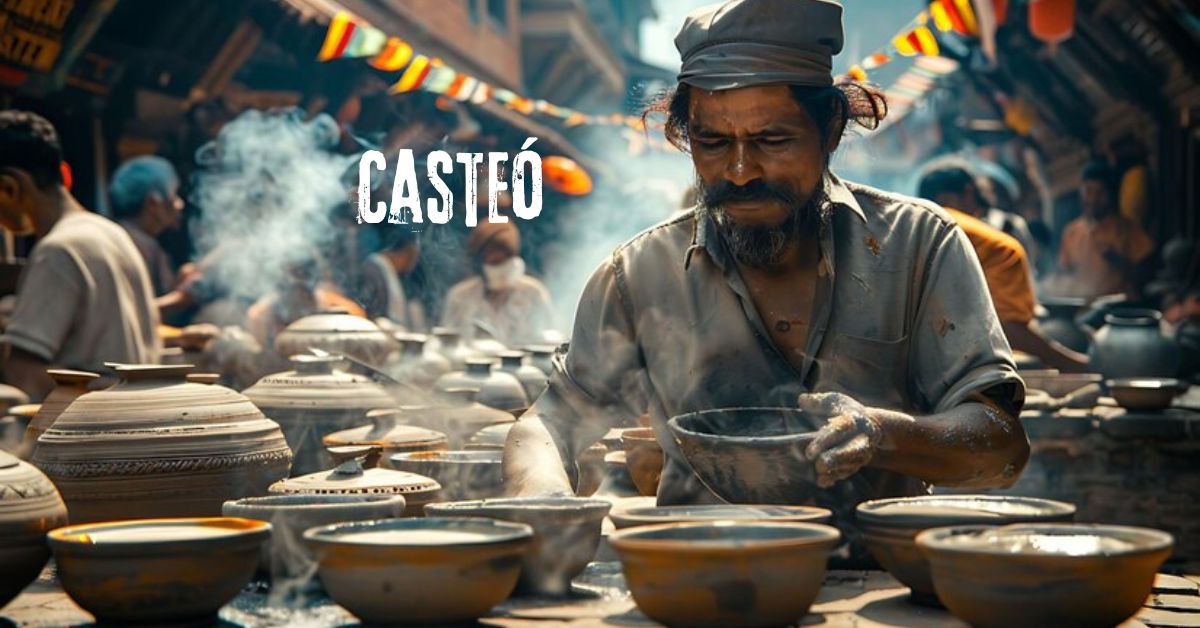Introduction
Casteò is a problematic social hierarchy machine deeply entrenched in lots of societies, particularly every day in South Asia. This gadget has sparked discussions, debates, and controversies for centuries. In this text, we can discover the origins, shape, and effect of casteò on society, and provide a comprehensive know-how of this complex social shape.
The Origins of Casteò
Historical Background
The concept of casteò has historic roots, believed to have originated over 2,000 years ago. In South Asia, specifically in India, the caste system turned into formalized through texts inclusive of the Manusmriti, which laid down the regulations and obligations of numerous castes.
Religious and Cultural Influences
- Hinduism: The Vedas and different nonsecular texts classify society into four number-one varnas: Brahmins (monks), Kshatriyas (warriors), Vaishyas (investors), and Shudras (workers).
- Buddhism and Jainism: Those religions hostile to the rigid caste structures however could not completely dismantle the device.
- Colonial Rule: British colonialism in India further institutionalized and categorized castes, leading to lasting societal divisions.
Structure of Casteò
Primary Castes and Sub-Castes
The casteò system is broadly divided into:
- Brahmins: Priests and scholars.
- Kshatriyas: Warriors and rulers.
- Vaishyas: Traders and agriculturists.
- Shudras: Service providers and laborers.
- Dalits: Historically marginalized, previously known as “untouchables”.
Sub-Castes and Regional Variations
Numerous sub-castes further divide each primary caste, varying by region and community. For instance:
- In South India, the Brahmin caste includes sub-castes like Iyers and Iyengars.
- In North India, the Kshatriya caste includes Rajputs and Jats.
Table: Comparison of Primary Castes
| Caste | Role in Society | Historical Status |
|---|---|---|
| Brahmins | Priests, Scholars | Highest, revered |
| Kshatriyas | Warriors, Rulers | Second highest, powerful |
| Vaishyas | Traders, Agriculturists | Middle, economically significant |
| Shudras | Service Providers | Lowest among four, laborers |
| Dalits | Marginalized | Outside the caste system |
Impact of Casteò on Society
Social and Economic Effects
- Social Stratification: Casteò creates rigid social hierarchies, limiting social mobility.
- Economic Inequality: Caste often determines occupations and economic opportunities, leading to economic disparities.
- Education and Employment: Access to education and jobs can be restricted by caste, perpetuating poverty among lower castes.
Psychological and Cultural Impact
- Identity and Belonging: Caste identity can shape an individual’s sense of self and community.
- Discrimination and Prejudice: Lower castes often face discrimination and prejudice, affecting their mental health and social standing.
- Cultural Traditions: Rituals, marriages, and festivals are often dictated by caste norms.
Modern Developments and Challenges
Legal and Constitutional Measures
- India: The Indian Constitution abolishes untouchability and prohibits caste-based discrimination.
- Affirmative Action: Reservation policies in education and employment aim to uplift marginalized castes.
Ongoing Challenges
- Persistence of Discrimination: Despite legal measures, caste-based discrimination persists in many forms.
- Inter-Caste Conflicts: Tensions and violence between castes remain a significant issue.
- Global Spread: The diaspora communities continue to grapple with caste dynamics.
FAQs about Casteò
What is Casteò?
It is a hierarchical social system prevalent in many societies, particularly in South Asia, dividing people into different social groups.
How did the Casteò system originate?
The casteò system has ancient roots, influenced by religious texts and further institutionalized during colonial rule.
What are the primary castes in the Casteò system?
The primary castes are Brahmins, Kshatriyas, Vaishyas, Shudras, and Dalits.
How does Casteò impact society today?
It impacts social mobility, economic opportunities, education, employment, and cultural traditions, often leading to discrimination and inequality.
What measures are being taken to address Casteò-based discrimination?
Legal measures, affirmative action policies, and awareness campaigns aim to reduce casteò-based discrimination.
Conclusion
Casteò deeply entrenches and complicates social hierarchies, primarily persuading societies in South Asia. Understanding its origins, structure, and impact is critical to addressing the challenges it poses. While legal measures and social reforms have made progress, much work remains to achieve true equality and social justice. with the aid of fostering cognizance and selling inclusivity, we are able to work in the direction of dismantling the harmful components of the casteò machine and constructing a more equitable society.




